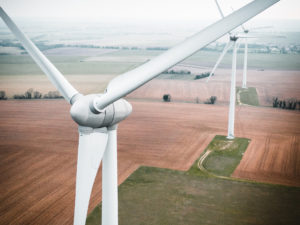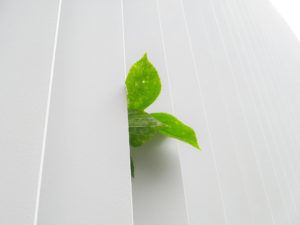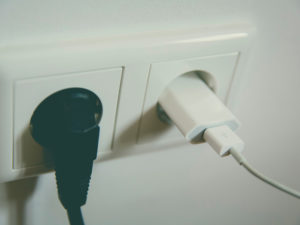Compare Your Energy Use
A significant amount of pollution comes from the production and use of energy. How does your household’s use of electricity compare?
To find out, add up your past 12 months of electric usage in kilowatts hours (kWh) (you can find this on your Minnesota Power bill) and divide by 12. Then compare this to the average Minnesota household’s usage, which is 800 kWh.
According to the U.S. Energy Information Administration (EIA), in 2019, the average annual electricity consumption for a U.S. residential utility customer was 10,649 kilowatt hours (kWh), an average of about 877 kWh per month. And even though U.S. energy consumption has decreased in the last decade, the average U.S. citizen still consumes more than ten times the energy of the average Indian, 4-5 times that of a Brazilian, and three times more than a Chinese citizen.
The U.S. Environmental Protection Agency (EPA) site allows you to estimate your household’s contribution to emissions from electricity generation. Visit the EPA’s Clean Energy Power Profiler.
Once you have learned how much energy you use, here are some ways to save energy. You’ll notice a difference—and make a difference!
- Do a free home energy audit. These surveys analyze how and why you use energy at home, and show you easy ways to conserve.
- Seal air leaks and weatherize doors and windows. A few inexpensive tubes of caulk, foam sealant, and weatherstripping can increase the efficiency of your heating and cooling systems.
- Check your mechanical systems annually. Keep water heaters, furnaces, air conditioners, ventilation systems, and gas fireplaces tuned-up for efficient operation. Clean or replace filters in your furnace and central air conditioner every month for increased operating efficiency and longer life.
- Install a programmable thermostat. These devices automatically lower the room temperature while you’re sleeping or away from home.
- Plant a tree. One well-placed shade tree can reduce the need for air conditioning energy.
- Switch to compact fluorescent light (CFL) bulbs or LEDs (light emitting diodes). They last longer than ordinary incandescent bulbs, and they use less energy. CFLs do contain a small amount of mercury and require proper disposal, however it is less mercury than would be emitted by a coal-fired power plant to light an incandescent bulb for the same amount of time.
- Install a water-saving showerhead. You will save energy by heating less water and also save water. You can use less energy if you wash clothes in cold water.
- Turn down your water heater to 120 degrees. And when you go on a trip, set your water heater to the lowest setting.
- When replacing old appliances and electronics, look for the ENERGYSTAR label—these products use less energy than standard products.
- Turn appliances off. Standby modes on televisions, stereos, computers and battery chargers continue to draw power if not fully turned off. Unplug chargers and use outlet switches to turn off entertainment systems and other equipment when not in use.
- Use smaller kitchen appliances whenever possible. Microwaves, toaster ovens and slow cookers can use 75% less energy than a large electric oven.
- Get rid of that extra refrigerator or freezer. It could be adding more than $100 to your electric bill every year.
OTHER RESOURCES
- Energy Saver | U.S. Department of Energy
Resources on saving energy and using renewable energy technologies at home. - ENERGY STAR | Environmental Protection Agency
Save money and protect the environment through energy efficient products and practices. - Home Energy Guide | Minnesota Department of Commerce
Information about home improvements, financial assistance, renewable technologies, policy initiatives, and utility regulations.
Did you take this action? Report it!
Help us show our collective community impact by reporting that you took this action.




